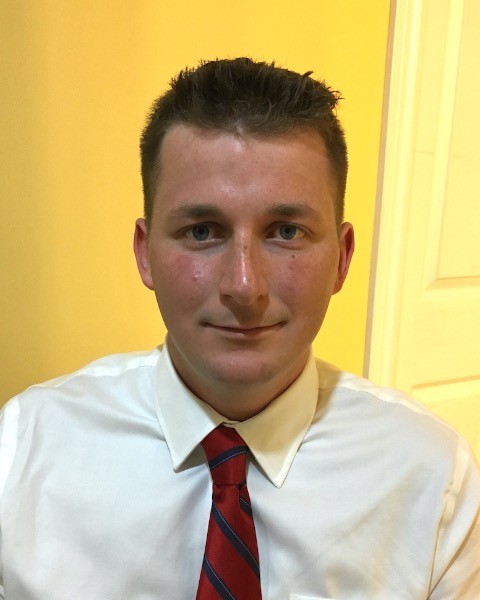Critical Care
POSTER SESSION #3
P097 - IMPROVING PRACTICES OF NEUROPROGNOSTICATION AFTER CARDIAC ARREST IN THE CORONARY CARE UNIT
Saturday, October 25, 2025
12:30pm - 1:30pm ET
Location: Board 19

Andrew Caddell, MD, FRCPC
Staff Doctor
CANCARE CCTN
Western University
Halifax, Nova Scotia, Canada
Presenting Author(s)
Background: In light of the new 2022 CCS guideline for neuroprognostication after cardiac arrest (CA), and the variability of neuroprognostication practices across Canada, we would like to determine the agreement between the CCS guideline and the actual provider practices in the Coronary Care Unit (CCU) at the Queen Elizabeth II Health Science Centre (QEII) in Halifax. We planned a Plan-Do-Study-Act (PDSA) cycle to improve standardization and provider education.
METHODS AND RESULTS: This retrospective case series included consecutive patients admitted to the QEII CCU between January 2022 and December 2023 with the diagnosis of return of spontaneous circulation after CA, and who were in a comatose state requiring neuroprognostication. Patients were excluded if there was death from another cause. The primary outcome was the proportion of patients whose neuroprognostication did not adhere to the 2022 CCS guideline. The secondary outcome was a comparison of non-adherence rates between 2022 and 2023, before and after the publication of the guideline, respectively. Adherence was defined as labelling a poor prognosis post-CA based on 2 or more modalities: absent pupillary reflexes >72 hours post-CA; status myoclonus; EEG demonstrating isoelectric, suppression, burst-suppression, or generalized periodic discharges; CT head demonstrating reduced grey-white ratio ( < 1.15-1.20); and MRI head demonstrating large volume increase in diffusion-weighted imaging signal.
In 2022 and 2023, 121 patients were admitted post-CA. Of those, 36 patients were comatose on arrival, and 16 survived to become candidates for neuroprognostication. In 2022, 4/7 (57.1%) had withdrawal of life sustaining therapies in absence of suggested CCS criteria. This number improved in 2023 2/9 (22.2%) but did not reach statistical significant (p=0.15; Table 1).
Conclusion: A proportion of neuroprognostication following CA does not adhere to the new 2022 CCS guideline at the QEII CCU. To meet this need, we have increased staff awareness with dedicated teaching, added a laminated guide to our rounding cart, and completed division-wide Grand Rounds on Feb. 3, 2025. We will track our neuroprognostication data for one year following these quality improvement interventions.
METHODS AND RESULTS: This retrospective case series included consecutive patients admitted to the QEII CCU between January 2022 and December 2023 with the diagnosis of return of spontaneous circulation after CA, and who were in a comatose state requiring neuroprognostication. Patients were excluded if there was death from another cause. The primary outcome was the proportion of patients whose neuroprognostication did not adhere to the 2022 CCS guideline. The secondary outcome was a comparison of non-adherence rates between 2022 and 2023, before and after the publication of the guideline, respectively. Adherence was defined as labelling a poor prognosis post-CA based on 2 or more modalities: absent pupillary reflexes >72 hours post-CA; status myoclonus; EEG demonstrating isoelectric, suppression, burst-suppression, or generalized periodic discharges; CT head demonstrating reduced grey-white ratio ( < 1.15-1.20); and MRI head demonstrating large volume increase in diffusion-weighted imaging signal.
In 2022 and 2023, 121 patients were admitted post-CA. Of those, 36 patients were comatose on arrival, and 16 survived to become candidates for neuroprognostication. In 2022, 4/7 (57.1%) had withdrawal of life sustaining therapies in absence of suggested CCS criteria. This number improved in 2023 2/9 (22.2%) but did not reach statistical significant (p=0.15; Table 1).
Conclusion: A proportion of neuroprognostication following CA does not adhere to the new 2022 CCS guideline at the QEII CCU. To meet this need, we have increased staff awareness with dedicated teaching, added a laminated guide to our rounding cart, and completed division-wide Grand Rounds on Feb. 3, 2025. We will track our neuroprognostication data for one year following these quality improvement interventions.
